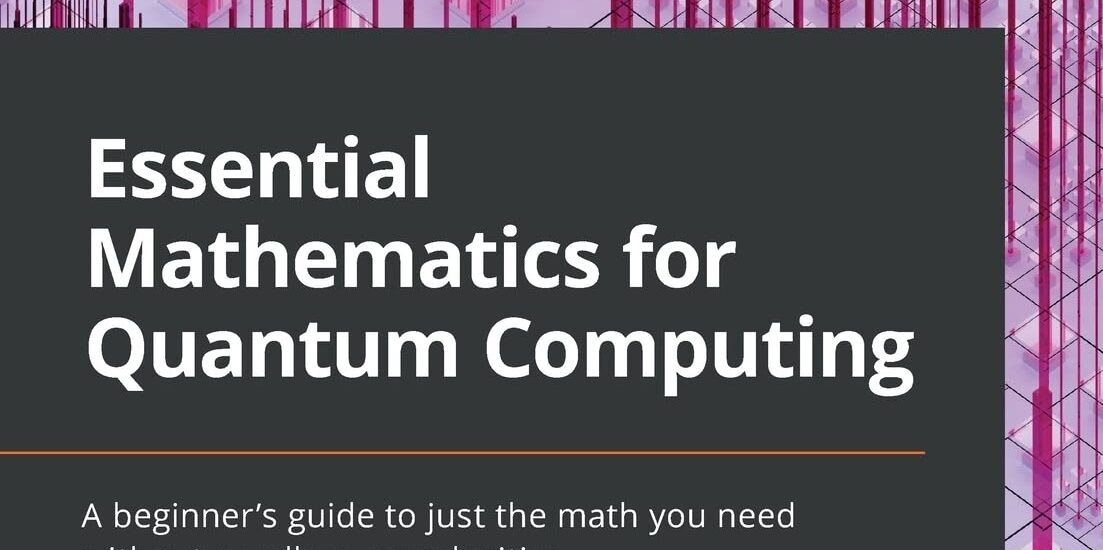Essential Mathematics for Quantum Computing
- January 5, 2024
- Posted by: Vlad Frantskevich
- Category: Book Review

Essential Mathematics for Quantum Computing: A beginner’s guide to just the math you need without needless complexities by Leonard S. Woody III. (Packt Publishing, 2022, 252 pages)
Bravo, Leonard! Creating such a well-structured and breathtaking math book takes time and patience. I bet you invested a lot.
This book has roughly 200 pages. It starts with a vector introduction and step-by-step moves to more advanced concepts, such as tensors and matrix decompositions. You won’t find anything in this book about quantum physics or commercially available services; this is a 100% pure math book focusing on vectors/matrixes. You can enjoy it even if you only know how to do addition, subtraction, multiplication, and division of real numbers, which the reader likely already acquired before middle school.
Table content:
1. Superposition with Euclid
2. The Matrix
3. Foundations
4. Vector Spaces
5. Using Matrices to Transform Space
6. Complex Numbers
7. Eigenstuff
8. Our Space in the Universe
9. Advanced Concepts
In the first section (chapters 1-2), you will learn the basics of vectors and matrices, including common operations (multiplication, transposing) and matrix types. The following section (chapters 3-5) is elementary of linear algebra. You will become familiar with sets, functions, groups, fields, and vector spaces and dive deeper into subspaces, dimensions, and their transformation. The last section (chapters 6-9) introduces complex numbers and how to define and convert vectors from Cartesian to Polar and Exponential forms. The book elaborates on projections, EigenVectors and EigenValues, orthogonality and orthonormality, multiple operator types (Normal, Hermitian, unitary, etc.), and Tensor products. Suppose you are interested in more advanced stuff. In that case, you can continue reading about the Gram-Schmidt process, Cauchy-Schwarz inequalities, Spectral, and other types of decomposition.
Conclusion:
I wanted to glimpse the content when I opened the book one Saturday morning but couldn’t stop reading. If not for personal chores, I would finish it in a day, including all exercises provided. Still, I had to stretch to half-day Sunday. It has a few misprints (mainly incorrectly used signs), but the rest is top-quality. My only regret after reading it is that I couldn’t read it as a student. I recommend it to anybody interested in linear algebra and understanding the math principles behind quantum computing.
Leave a Reply Cancel reply
For any inquiries, assistance, or feedback, please don’t hesitate to contact us.

